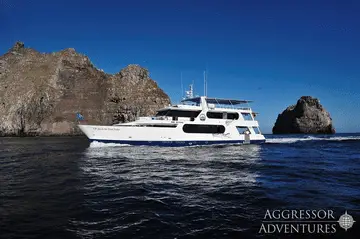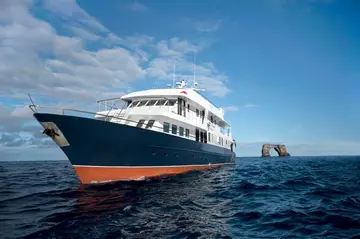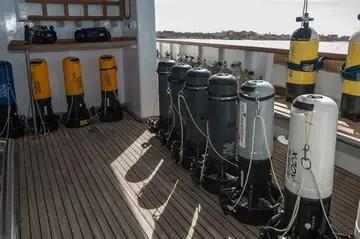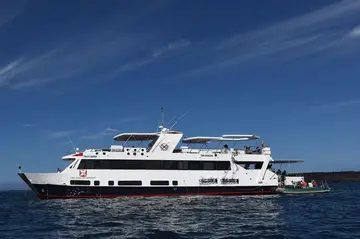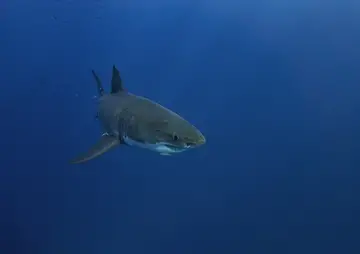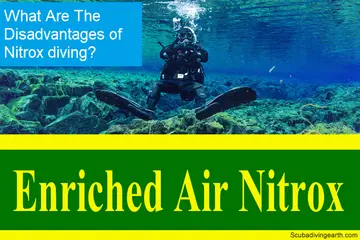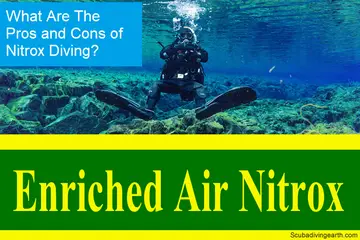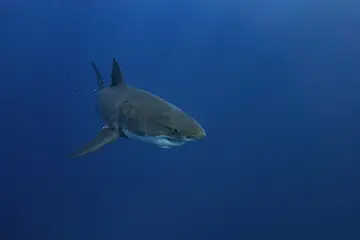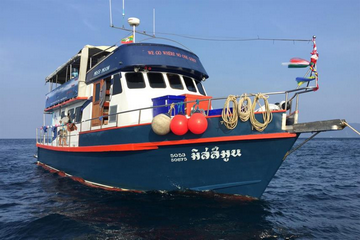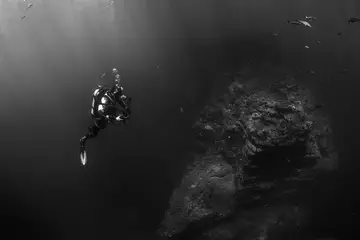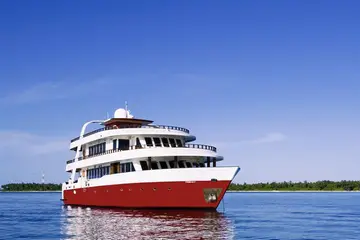Galapagos Aggressor III Liveaboard Review: One of The Best Liveaboards
This Galapagos Aggressor III Liveaboard review reveals a 30 metre (100 feet) dive boat custom built for scuba divers. With paid Nitrox onboard so you can extend your dive time when diving with hammerheads. Meals cater for all dietary requirements and there are 8 en-suite aircon cabins for couples, singles and solo divers.

